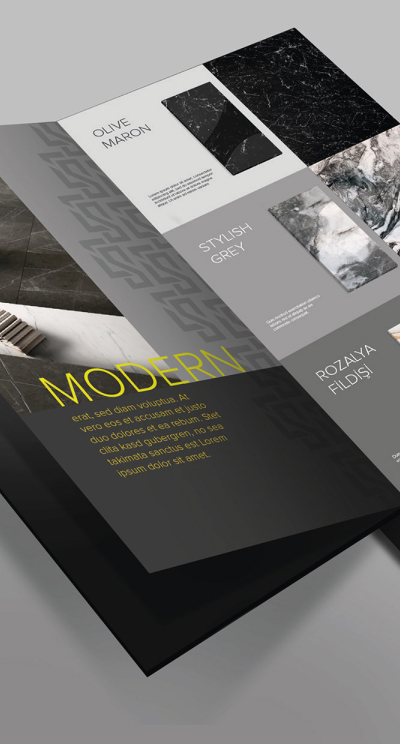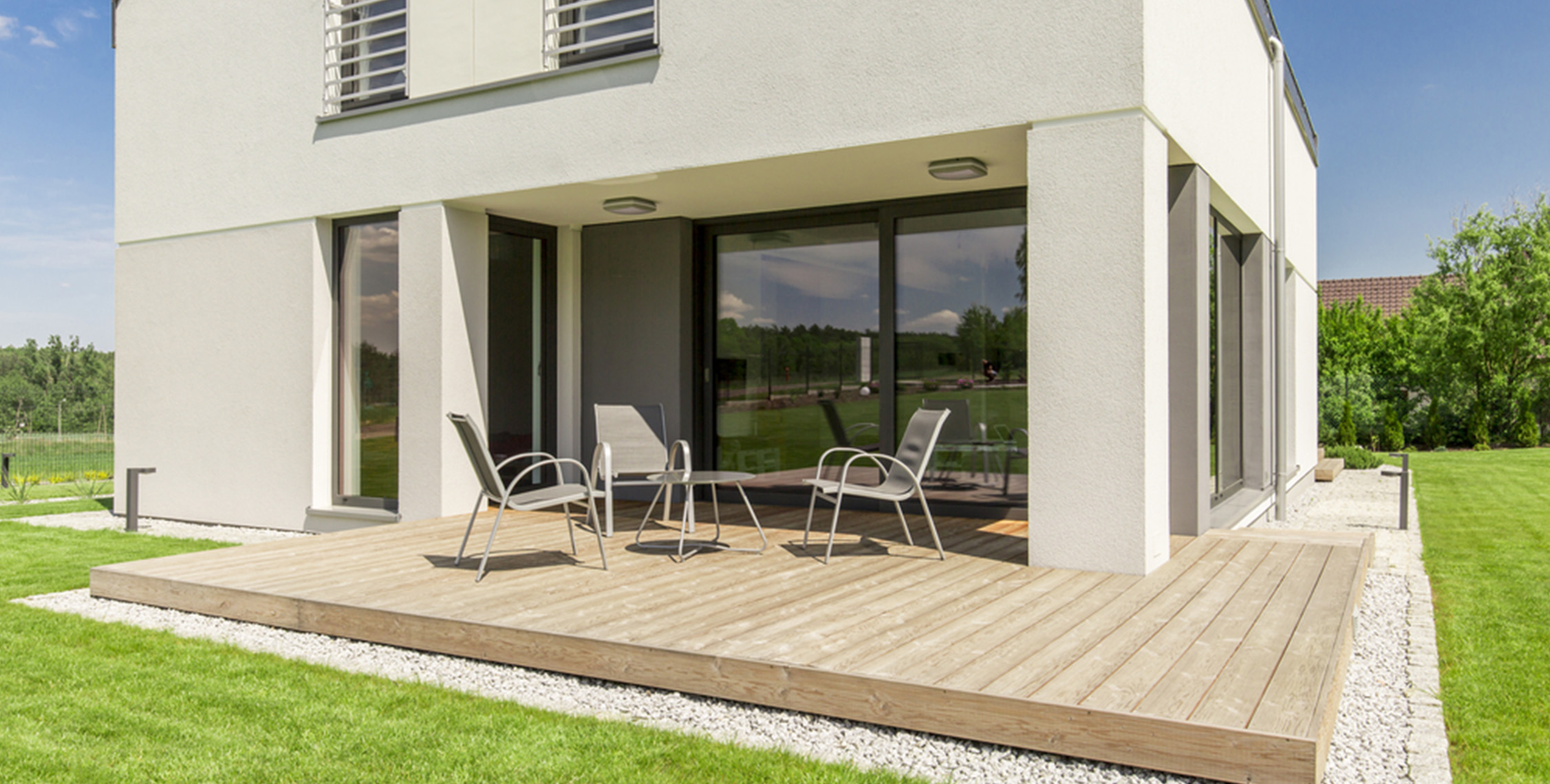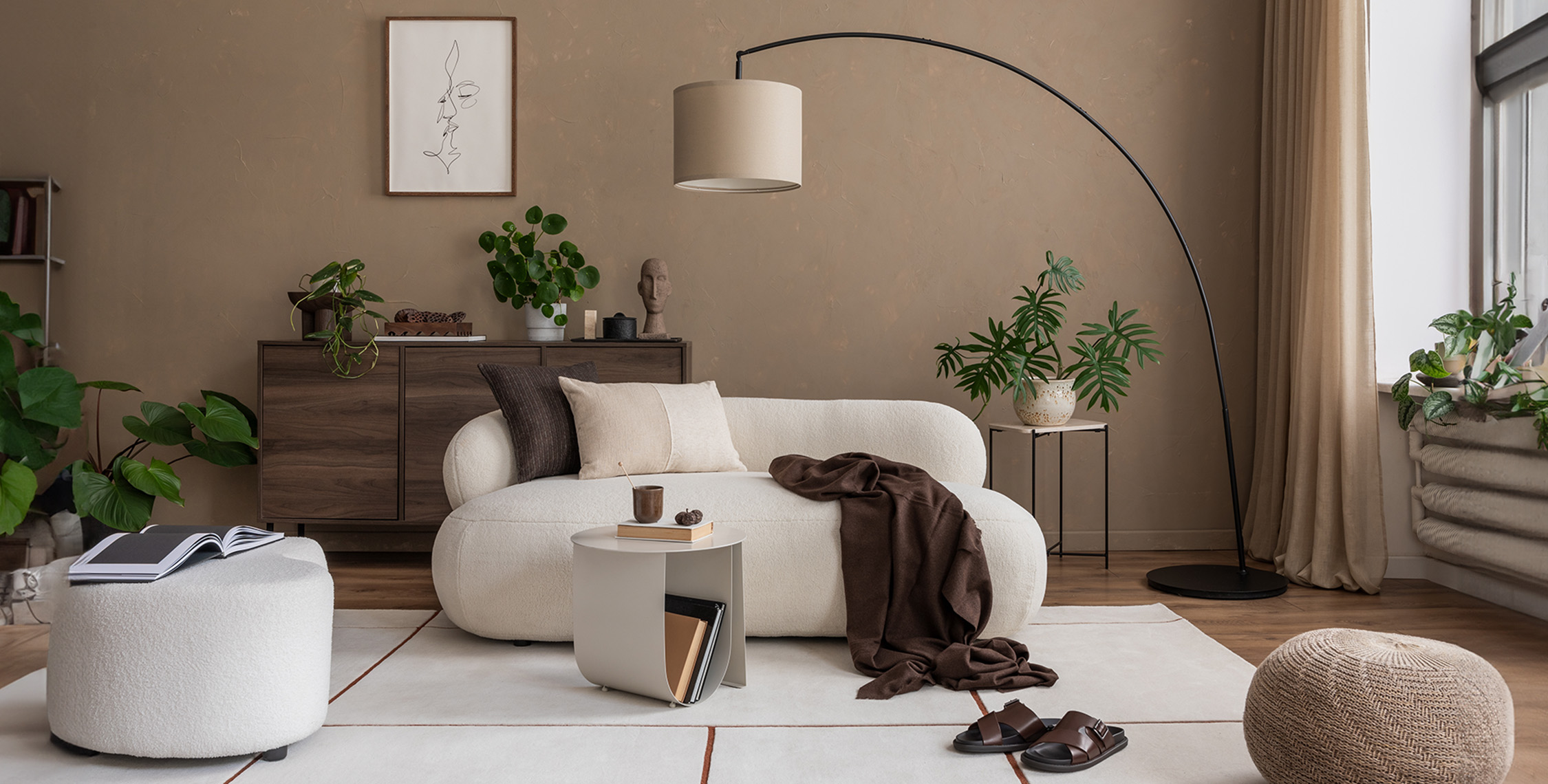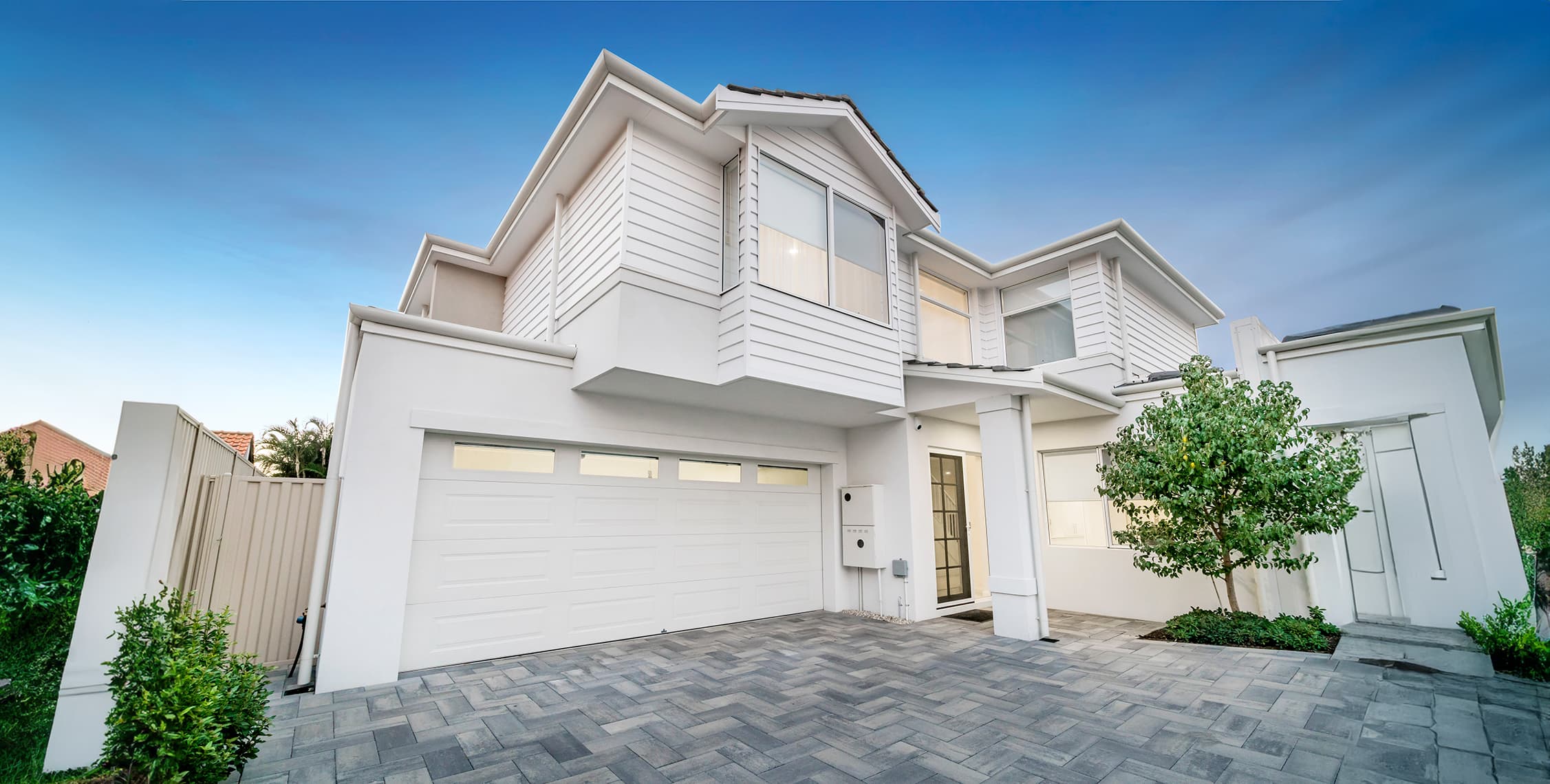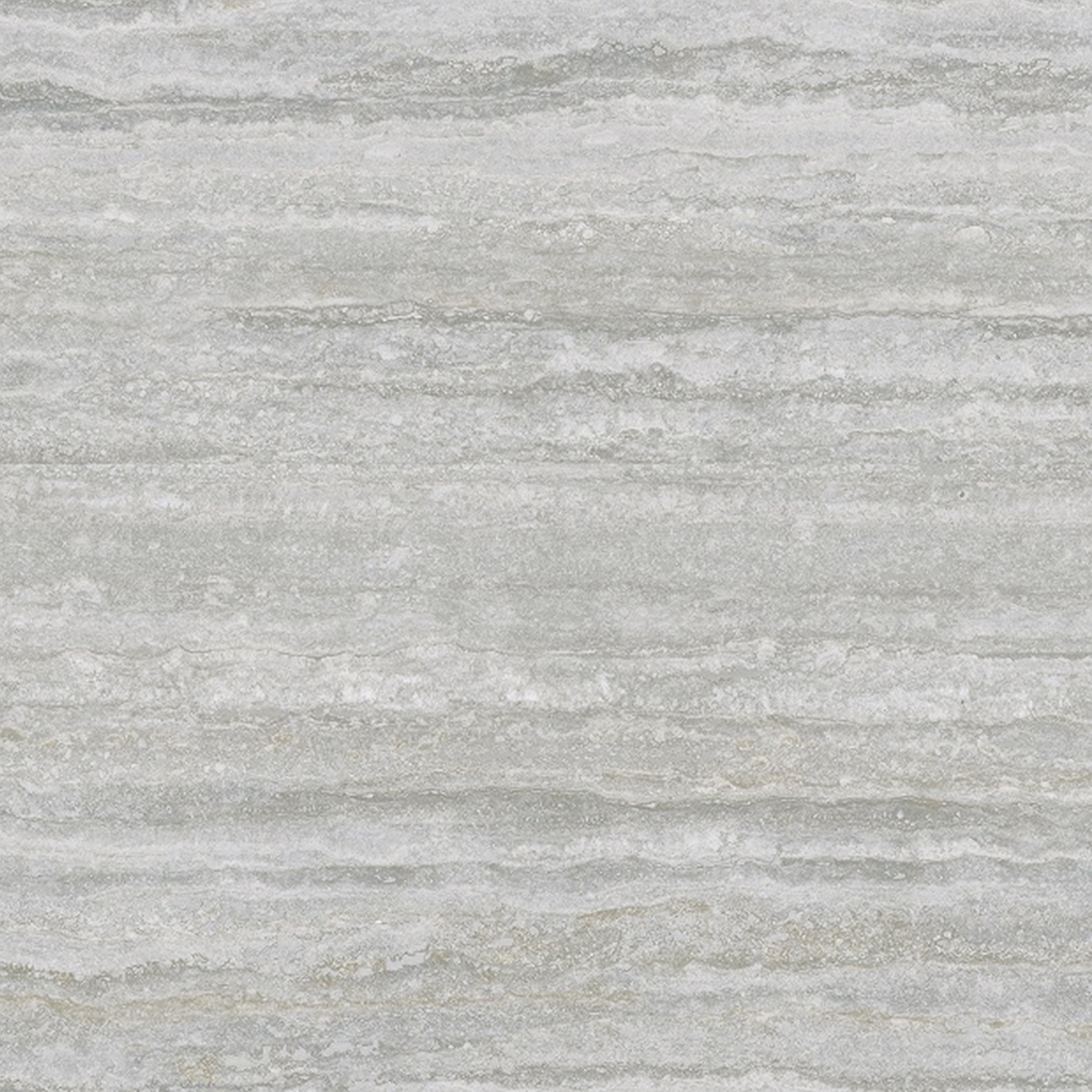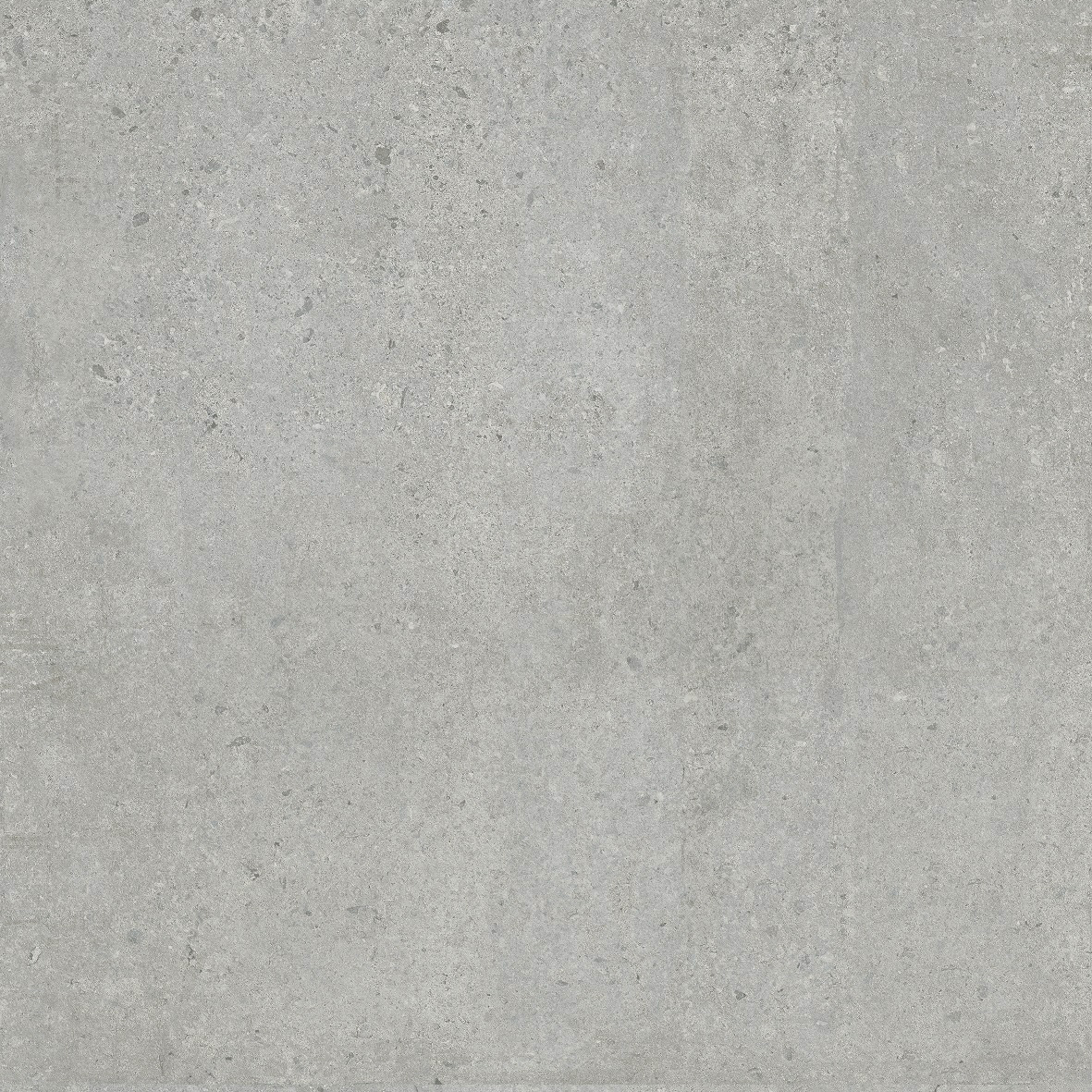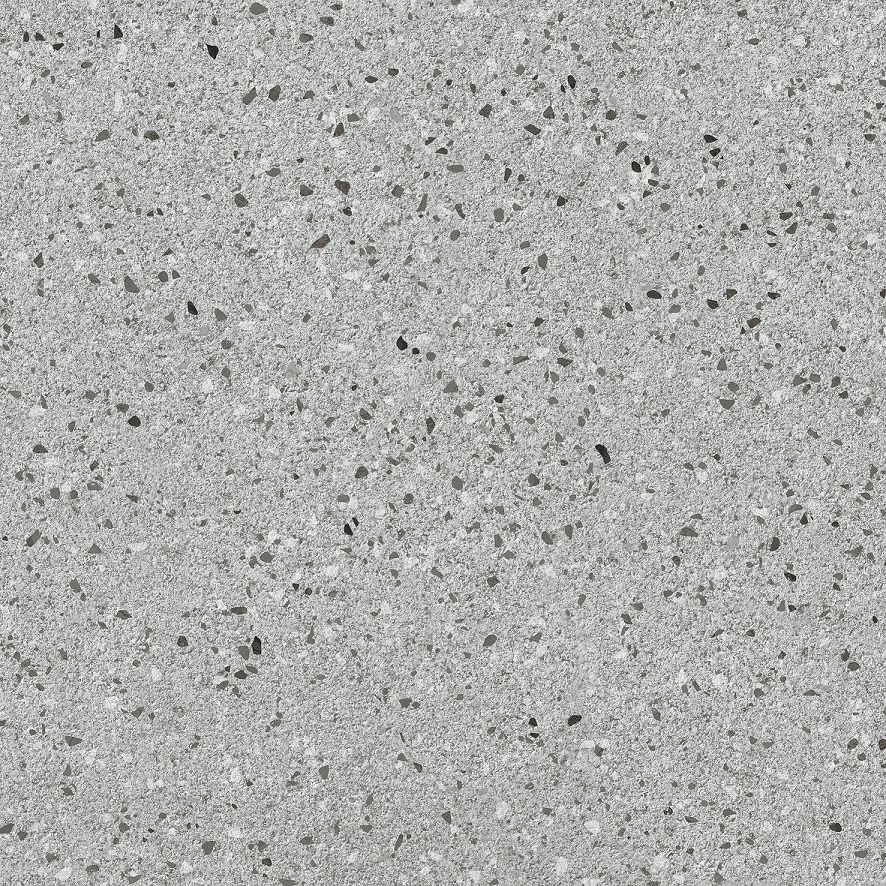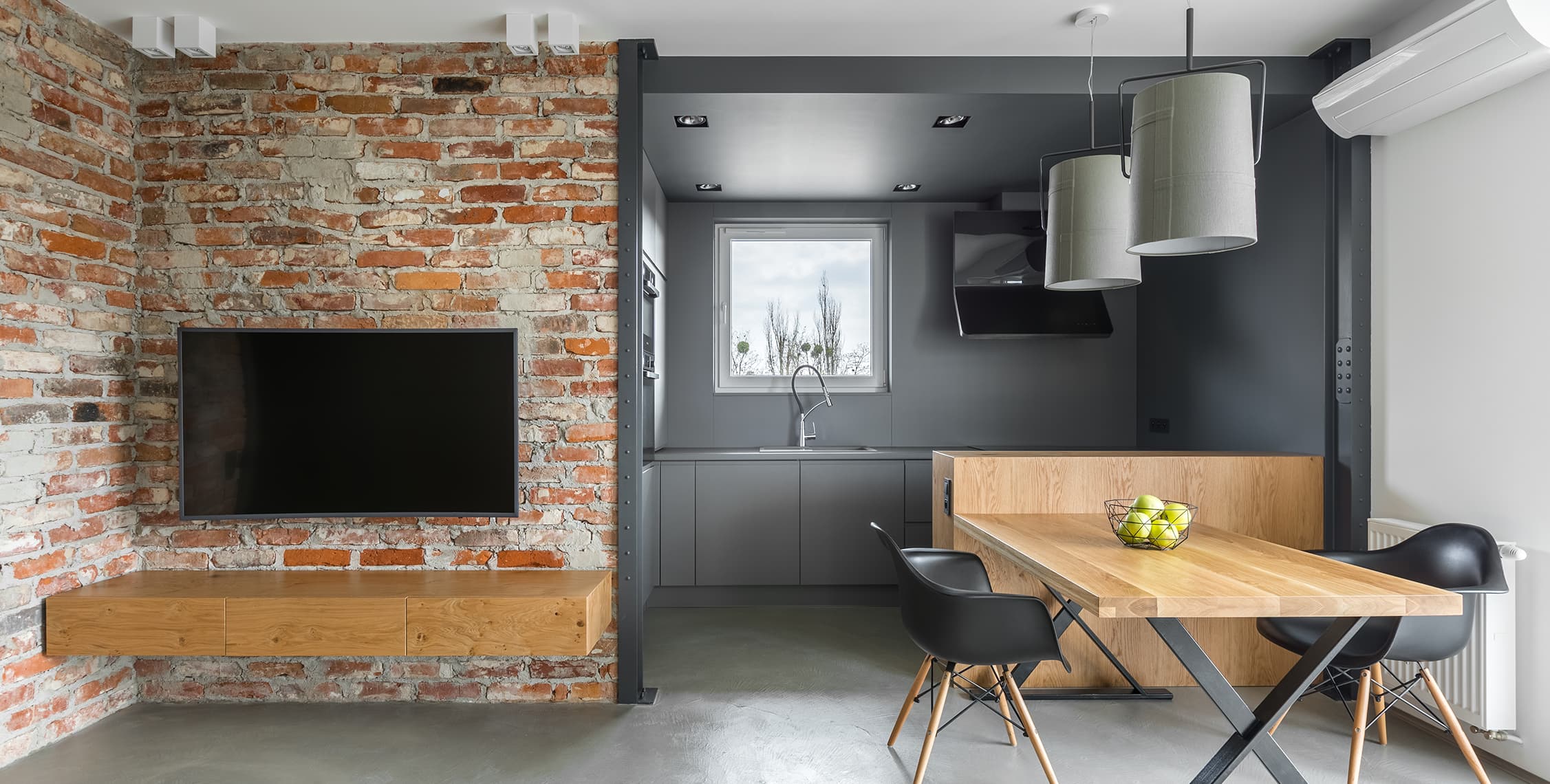
The industrial home concept has become one of the most popular design trends in recent years. This style is known for its ability to blend raw, irregular elements with elegant, modern touches. By utilizing strong materials and careful arrangement, industrial homes create a unique and appealing atmosphere while maintaining functionality.
What is Industrial Home Design?
Industrial home design originally emerged from converting unused factory buildings into living spaces. This style uses raw materials such as concrete, steel, and wood while retaining visible structural elements. Other distinguishing features include exposed brick walls, visible pipes, and large windows that allow natural light to flood the space.
The industrial style emphasizes "less is more," prioritizing simplicity and authenticity. This creates an open, spacious feel, making it ideal for those seeking an aesthetically pleasing and practical design.
Why Choose an Industrial Home Concept?
- Design Flexibility: The industrial style can be adapted to various homes, from small apartments to large houses. This allows homeowners to express their style uniquely.
- Appealing Aesthetics: This concept offers a distinctive and attractive look. The combination of raw elements with modern design creates an unusual beauty.
- Eco-Friendly: Many elements in industrial design reuse materials from old buildings, making it a more environmentally friendly choice.
- Open Spaces: Industrial homes often feature open floor plans, creating a sense of spaciousness and flow. This design also maximizes natural lighting, making the space feel more alive.
How to Combine Raw Elements and Modern Touches in an Industrial Home
Blending raw elements with modern touches in industrial home design requires careful attention to detail. Here are some ways to achieve this balance:
1. Choose the Right Materials
Materials play a key role in industrial design. Use raw materials like concrete, exposed brick, and unfinished wood to create a rough feel. On the other hand, modern elements such as stainless steel or glass should be incorporated to create contrast. For example, an exposed brick wall can be paired with stainless steel furniture or minimalist pendant lights.
2. Use Neutral Colors
Neutral colors are ideal for maintaining a balance between raw and modern elements. Opt for color palettes like gray, white, and wood brown, which offer a warm and cozy feel. These colors also help highlight other design elements, such as bold furniture or wall accents.
3. Create Open Spaces
Industrial home designs often emphasize open spaces with expansive floor plans. Remove unnecessary dividing walls to allow rooms to flow into one another. This makes the space feel larger and allows natural light to spread, creating a bright and warm atmosphere.
4. Furniture and Accessories Pairing
Choose furniture with clean, simple lines and high-quality materials. Combine it with modern touches like leather sofas or metal coffee tables. You can add accessories like pillows or rugs with contemporary patterns to introduce color into the space without losing the industrial feel.
5. Effective Lighting
Lighting is a crucial element in industrial home design. Use pendant lights made from metal materials with unique designs. Take advantage of natural light by incorporating large windows and light curtains. A well-balanced combination of lighting will create a warm and inviting atmosphere.
6. Integrating Plants
Adding natural elements like decorative plants can bring a fresh and lively feel to your industrial living space. Plants not only enhance aesthetics but also help improve air quality. Choose planters made of metal or concrete to maintain harmony with the industrial theme.
7. Choosing the Right Flooring
Flooring plays an important role in achieving a balanced industrial home design. Opt for hard materials like concrete, wood, or granite to create a durable look. For example, Meliuz granite tiles offer beauty and resilience, making them perfect for your industrial home concept.
8. Preserving Original Elements
One of the beauties of industrial home design is its ability to highlight the building's original elements. Don’t hesitate to leave pipes, wooden beams, or other structural features exposed. This adds character to the space and honors the building's history and authenticity.
9. Art and Decoration Touches
Art can be an effective way to add personality to your industrial living room. Choose bold, eye-catching artwork to create a focal point. You can also incorporate wall decor, such as large clocks or vintage posters that reflect an urban lifestyle.
10. Balance Between Function and Aesthetics
Always maintain a balance between function and aesthetics in your industrial home design. Every element you choose should contribute to the comfort and practicality of the space without compromising its visual appeal.
Minimalist Industrial Home Design
While industrial homes are known for their large, open spaces, you can also create a minimalist, industrial home that is smaller yet captivating. In this design, choose fewer elements while retaining the core characteristics of the industrial style, such as:
- Multifunctional Furniture: Use furniture that serves dual purposes, such as a sofa that can be converted into a bed.
- Hidden Storage: Opt for cabinets or shelves integrated into the walls to maximize space without cluttering the aesthetics.
- Simpler Design: Avoid excessive decoration and focus on truly necessary elements.
The industrial home concept offers an appealing balance between raw style and modern touches. By choosing the right materials neutral colors, and incorporating natural elements, you can create a space that is both comfortable and full of character. To complete your industrial design, don’t forget to use Meliuz granite tiles, which are strong and durable and provide an elegant look that complements this concept. The right flooring can enhance your home's aesthetic and functional value.
Product Popular

SUPREME CREAM
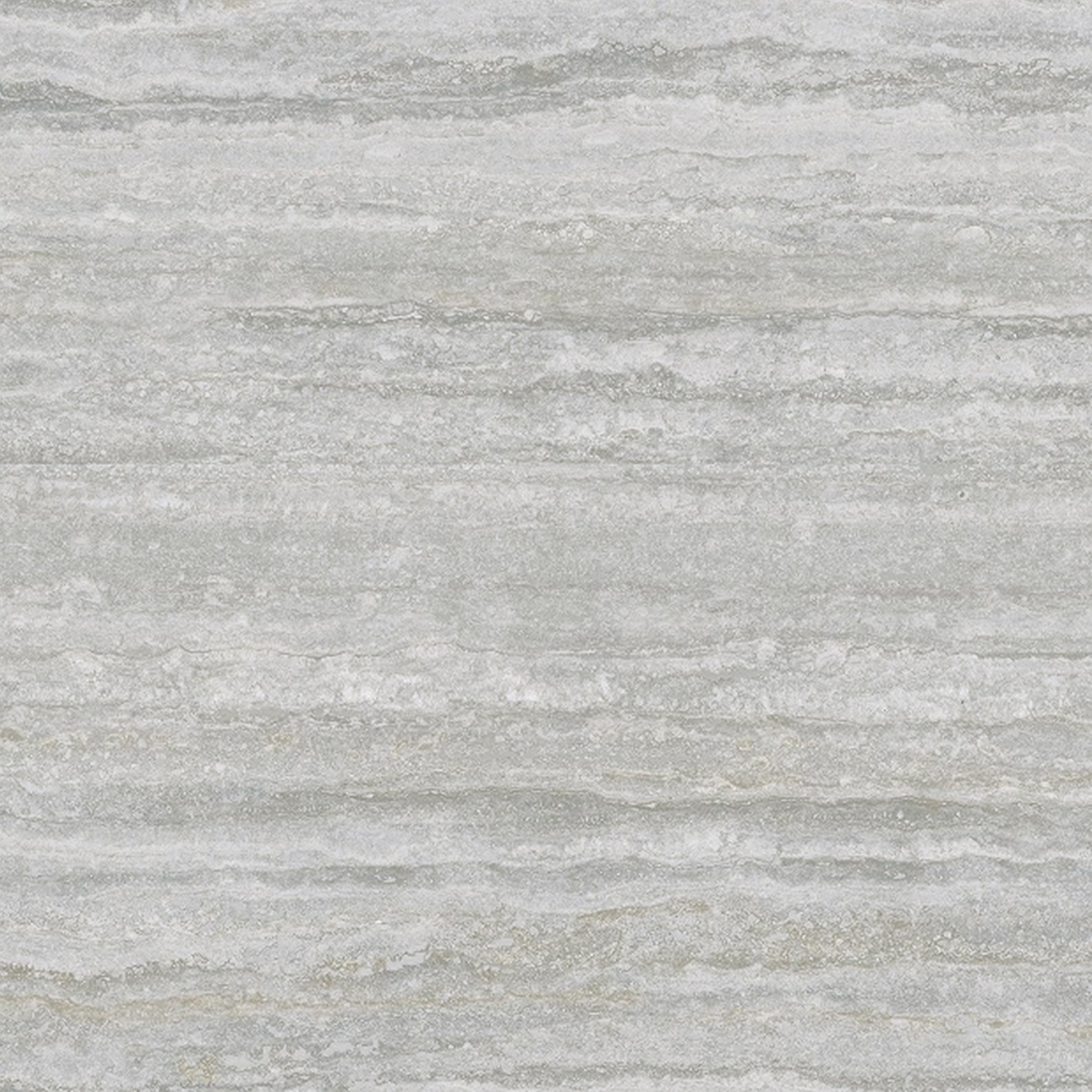
AEGRINE GREY
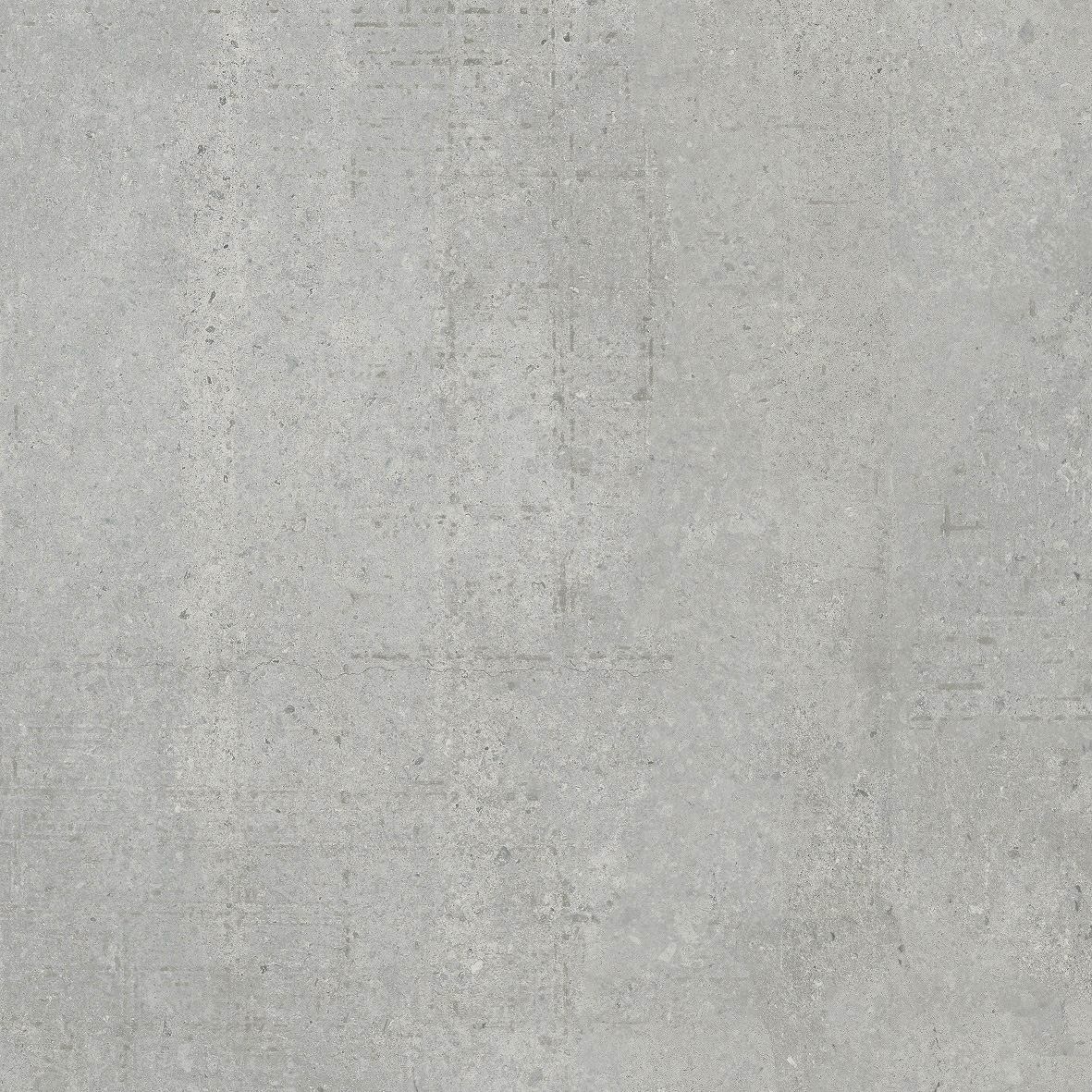
PASSO GREY
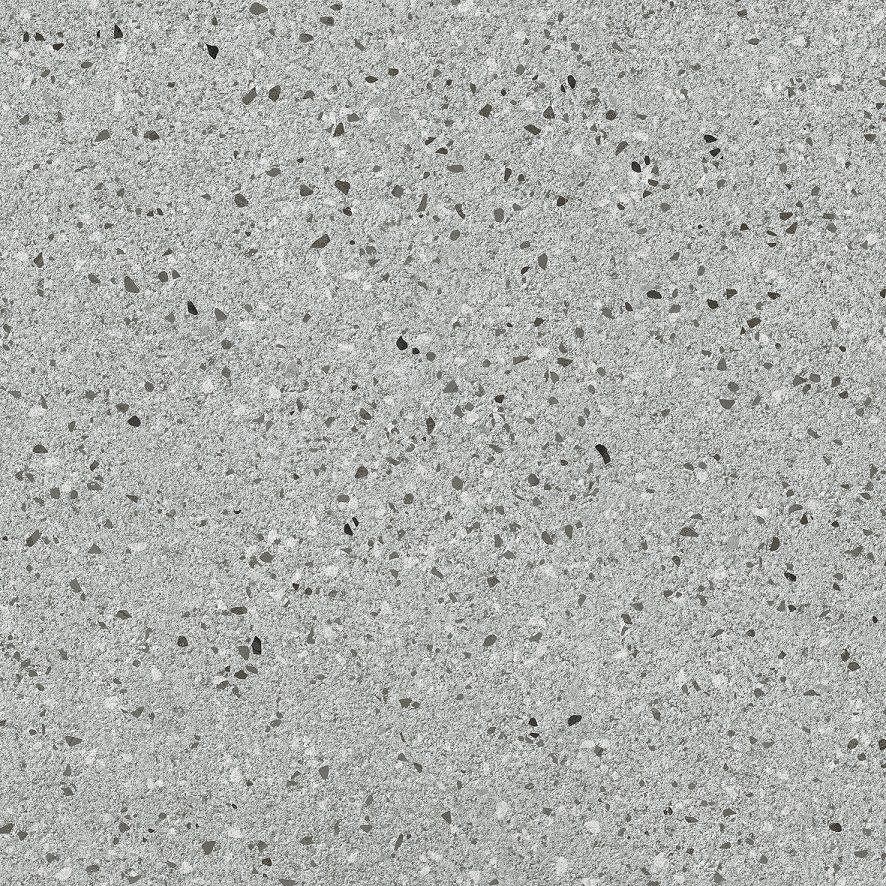
TERRASTONE GRIGIO
